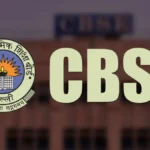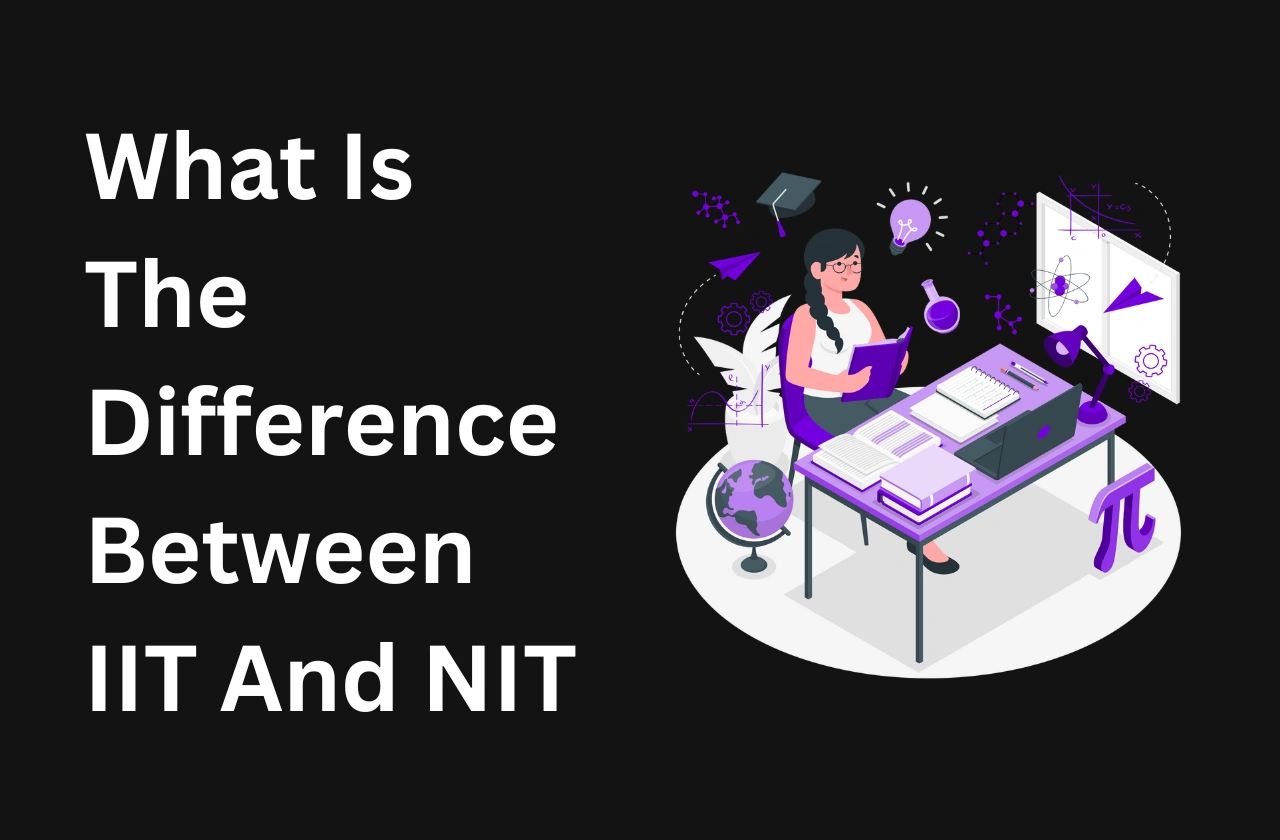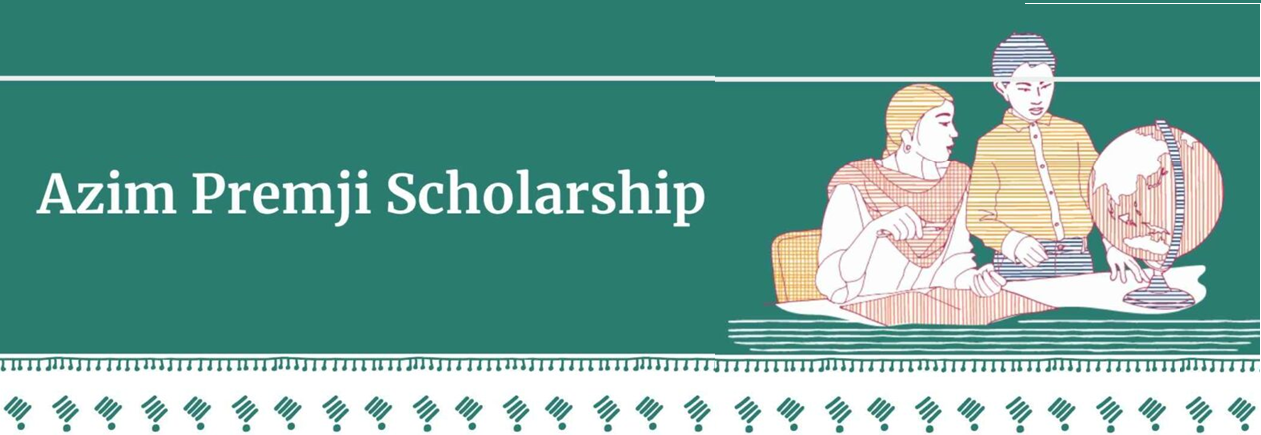Many would-be doctors aspire to an Indian Bachelor of Medicine, Bachelor of Surgery (MBBS) program. For both pupils and their families, though, knowledge of the financial implications is necessary. Covering government and private schools, statewide disparities, and extra expenditures, this thorough manual digs into the several components of MBBS course fees all over India to present a comprehensive picture of the financial demands for this prestigious course.
Overview of MBBS Course Tuition in India
Depending on whether the institution is governmental or private and the state in which the college is found, the expense of an MBBS degree varies rather much in India. Usually, government medical colleges provide instruction at a subsidized cost, therefore they are more cost-effective than private medical colleges, which sometimes have more tuition fees because of infrastructure, faculty, and other operational expenses.
Government Medical Colleges
One of the reasons government medical colleges are recognized for their low cost is that they get financial help from the state or central authorities. Depending on the state and particular college, these institutions usually have annual tuition costs ranging from as little as INR 1,628 to about INR 100,000. For example,
- Delhi’s All India Institute of Medical Sciences (AIIMS) charges an annual fee of INR 1,628 plus INR 990 for hostel accommodation.
- Annual MBBS fee at Maulana Azad Medical College, Delhi: INR 2,445; hostel fee: INR 500.
- The annual MBBS fee at the Government Medical College, Kottayam is INR 27,580; hostel costs are INR 3,000.
private medical colleges
By contrast, private medical colleges have larger tuition bills, often INR 10,000,000 to INR 50,000,000 per year. The actual cost varies with the reputation, facilities, and location of the institution. Notable cases include:
- For undergraduate studies, Kasturba Medical College (KMC), Manipal, charges INR 14,00,000 to INR 16,00,000 annually.
- Undergraduate programs at SRM Medical College Hospital & Research Centre, Chennai have annual tuition ranging from INR 22,00,000 to INR 24,00,000.
- Undergraduate studies at DY Patil Medical College, Mumbai, have annual costs of about INR 24,00,000 to INR 26,00,000.
statewide breakdown of MBBS tuition fees
Differences in government regulations, funding, and the number of medical colleges accessible also mean that the cost of obtaining an MBBS degree varies by state. Government medical colleges’ MBBS fees vary by state as follows:
- Per year, Andhra Pradesh charges between INR 12,00,000 and INR 20,00,000.
- Assam is one of the most inexpensive states for medical studies with yearly costs as low as INR 4228.
- Annually, Bihar’s fees vary from INR 9,000 to INR 70,000.
With course fees
- Annual fees: INR 25,000 INR 3,30,000. 000
- Karnataka: Per year, tuition ranges from INR 55,000 to INR 1 10,100.
- Annual tuition from INR 25,000 to INR 1,00,000 in Maharashtra.
- Starting yearly from INR 1,628, Tamil Nadu: particularly modest charges.
- Uttar Pradesh: Annual tuition fluctuates between INR 18,000 and INR 83,600.
- Annual tuition for West Bengal ranges from INR 9,000 to INR 1,00,000.
These numbers reflect and could be changed based on government rules and company policies, it is worth noting.
Variables Affecting MBBS Course Fees
The difference in MBBS course costs among various states and colleges results from several elements:
Institution Type: Government colleges are supported thereby enabling them to provide reduced tuition. Not having that assistance, private schools charge more tuition to offset their costs.
Infrastructure and Facilities: Colleges spending a lot on contemporary infrastructure, sophisticated medical technology, and cutting-edge facilities usually have lower tuition to balance out these expenditures.
Faculty and Staff Salaries: Institutions that use experienced, well-trained staff may have greater running expenditures, which tuition charges would show.
Location: The fee structure of the college is determined partially by the state and city where it is situated, which reflects different operating costs and economic circumstances.
Demand and Supply: In areas with fewer medical schools and a strong demand for seats, institutions could raise their rates.
Additional Costs Beyond Tuition Fees
Although tuition costs make up a large part of the bill for medical education, students should also factor in other expenditures:
Hostel and Accommodation: Charges change depending on the level of amenities and type of housing available. AIIMS Delhi costs, for instance, an annual hostel fee of INR 990.
Mess and Food: Monthly food bills might increase the total cost.
Books and Study Materials: Study materials and medical textbooks can be costly, thus increasing educational costs.
Laboratory and Examination Fees: At some schools, extra fees are assessed for testing and laboratory time.
Miscellaneous Expenses: Personal expenses, uniforms, medical kits, and other sorts of expenditures.
Need-based financial support and scholarships
Several grants and financial assistance programs are provided to help pupils, especially those from financially less fortunate families.
Government Scholarships: Many state and central government programs provide excellent and impoverished students with financial help.
Institutional Scholarships: A few schools provide scholarships depending on financial demand or academic achievement from their particular scholarship programs.
Educational Loans: Banks and financial companies offer loans especially meant for educational goals, usually with good conditions for medical students.
Conclusion
Starting an MBBS path in India calls for wise financial planning and a good grasp of the related expenses. Although government medical colleges provide a less expensive route, getting admission is quite difficult. While private medical colleges offer greater chances, they entail more financial obligations. students can travel to research.
Also Read: Manav Sampada UP: Revolutionizing Human Resource Management in Basic Education












Hey I am so delighted I found your site, I really found you by mistake, while I was searching on Google for something else, Regardless I am here now and would just like to say kudos for a marvelous post and a all round entertaining blog (I also love the theme/design), I don’t have time to browse it all at the moment but I have book-marked it and also added in your RSS feeds, so when I have time I will be back to read a lot more, Please do keep up the excellent work.
Really enjoyed this update, can you make it so I receive an update sent in an email when you write a new article?